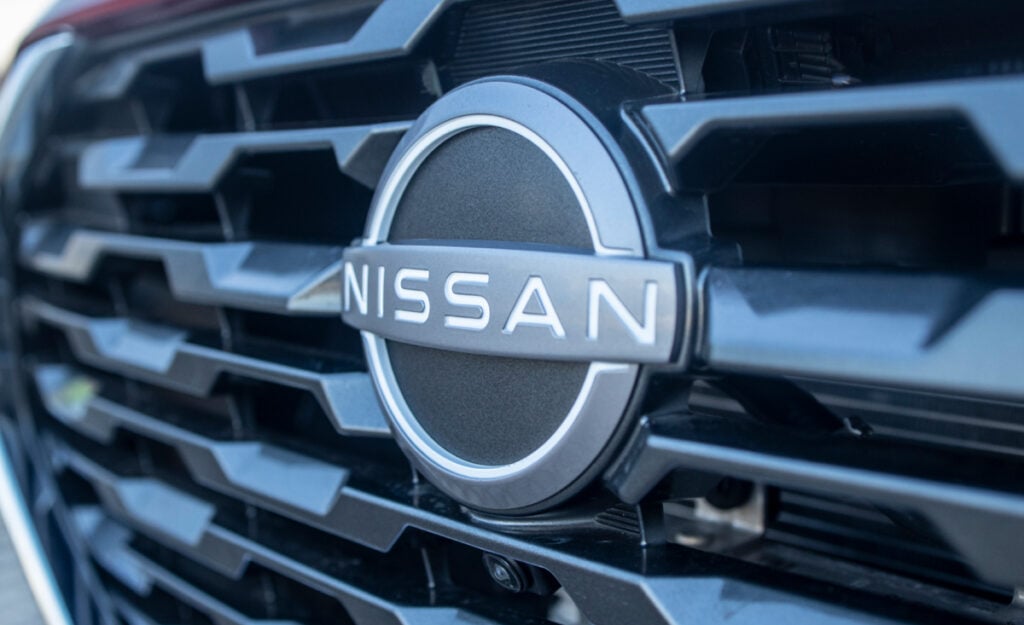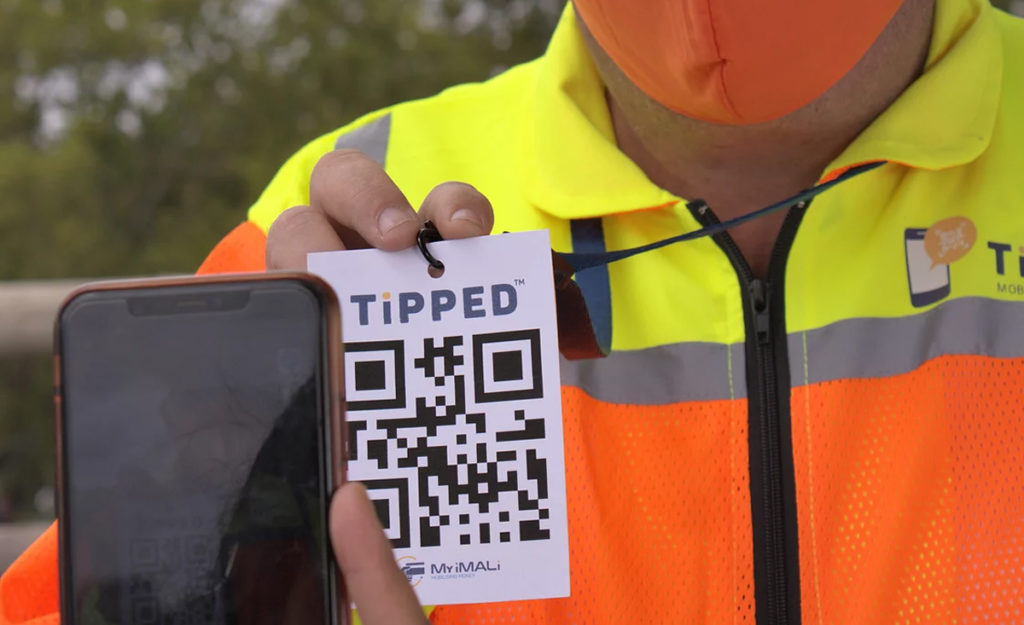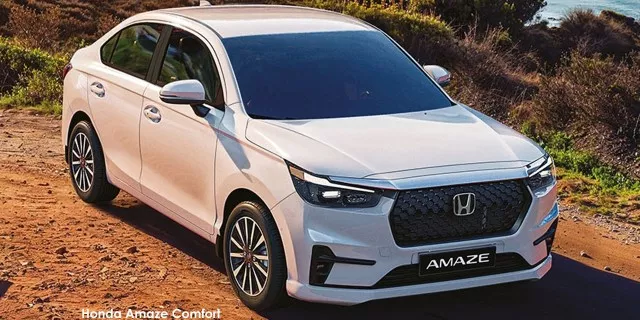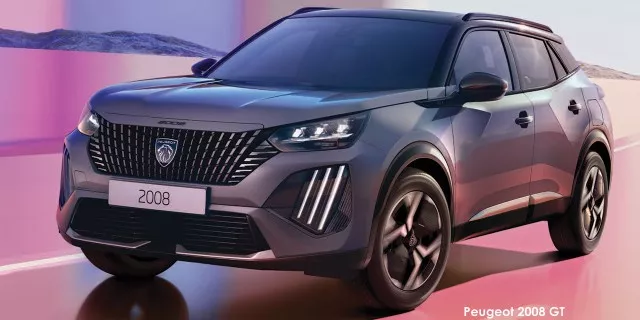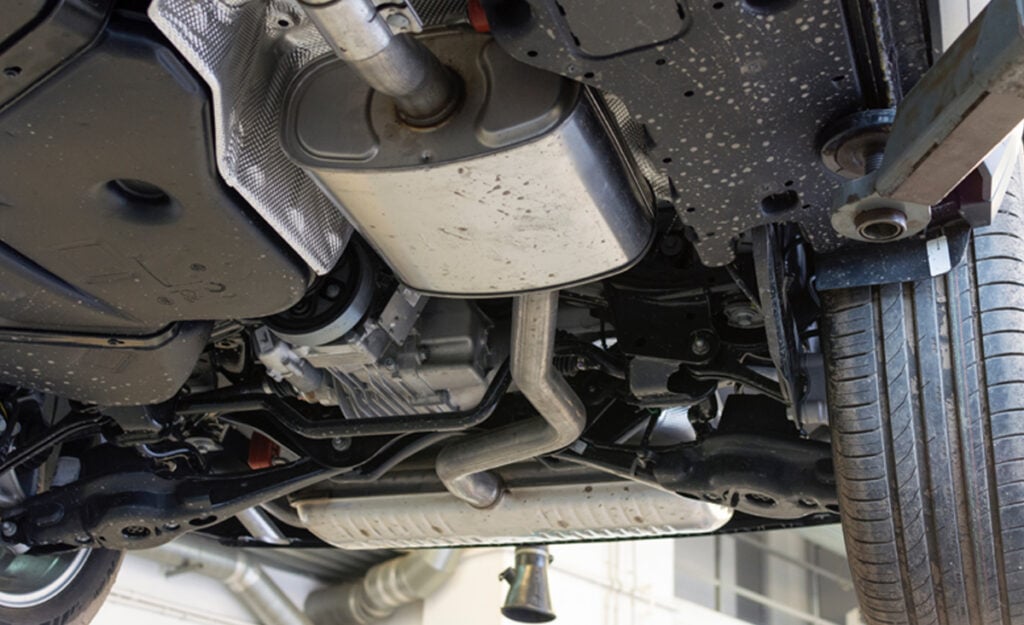
Catalytic converters is the most valuable automotive component assembled in South Africa as it accounts for the lion’s share of car part exports.
A catalytic converter is a device used to control a vehicle’s emissions by converting harmful pollutants into less damaging substances by means of chemical reactions before they exit the exhaust.
Local component makers exported an impressive R19.26 billion worth of catalytic converters in 2024, representing 30.4% of all car part shipments out of the country.
While still significant, this reflects a drop of over R10 billion in comparison to 2023, when a whopping R29.49 billion in catalytic converters were exported from South Africa.
This led to an aggregate drop of R3.4 billion – or 5.2% – in total automotive component exports.
“In 2024, automotive component exports decreased by R3.4 billion, or 5.2%, to R63.4 billion, from R66.9 billion in 2023, mainly due to the decline in catalytic converter exports,” said Naamsa The Automotive Business Council.
The organisation attributes the drop in catalytic converter shipments to changing global demand and supply trends.
Gone are the days where internal combustion engines (ICE), which all need these components, ruled the roost.
Demand for catalytic converters is gradually dropping as battery-electric vehicles, plug-in hybrids, and hybrids continue to gain favour in the eyes of car buyers.
The table below shows the country’s top automotive component exports by value in 2024:
| Component | 2024 exports | Share of total exports |
|---|---|---|
| Catalytic converters | R19.26 billion | 30.4% |
| Engine parts | R6.39 billion | 10.0% |
| Tyres | R3.44 billion | 5.4% |
| Transmission shafts/cranks | R2.78 billion | 4.4% |
| Engines | R2.55 billion | 4.0% |
| Axles | R1.13 billion | 1.8% |
| Clutches/shaft couplings | R1.04 billion | 1.6% |
| Automotive tooling | R988 million | 1.6% |
| Shock absorbers/suspension parts | R967 million | 1.5% |
| Gauges/instruments/parts | R922 million | 1.5% |
| Automotive glass | R808 million | 1.3% |
| Lighting equipment/parts | R733 million | 1.2% |
| Filters | R721 million | 1.1% |
| Brake parts | R681 million | 1.1% |
| Body parts/panels | R661 million | 1.0% |
| Silencers/exhausts | R650 million | 1.0% |
| Batteries | R630 million | 1.0% |
| Ignition/starting equipment | R478 million | 0.8% |
| Gearboxes | R428 million | 0.7% |
| Gaskets | R325 million | 0.5% |
| Alarm systems | R295 million | 0.5% |
| Stitched leather seats/parts | R288 million | 0.5% |
| Road wheels/parts | R258 million | 0.4% |
| Radiators/parts | R257 million | 0.4% |
| Steering wheels/columns/boxes | R217 million | 0.3% |
| Wiring harnesses | R195 million | 0.3% |
| Springs | R130 million | 0.2% |
| Air conditioners | R68 million | 0.1% |
| Seats | R60 million | 0.1% |
| Jacks | R46 million | 0.1% |
| Car radios | R21 million | <0.1% |
| Seatbelts | R14 million | <0.1% |
| Other parts | R15.99 billion | 25.2% |
| Total | R63.42 billion | 100% |
Exports per country
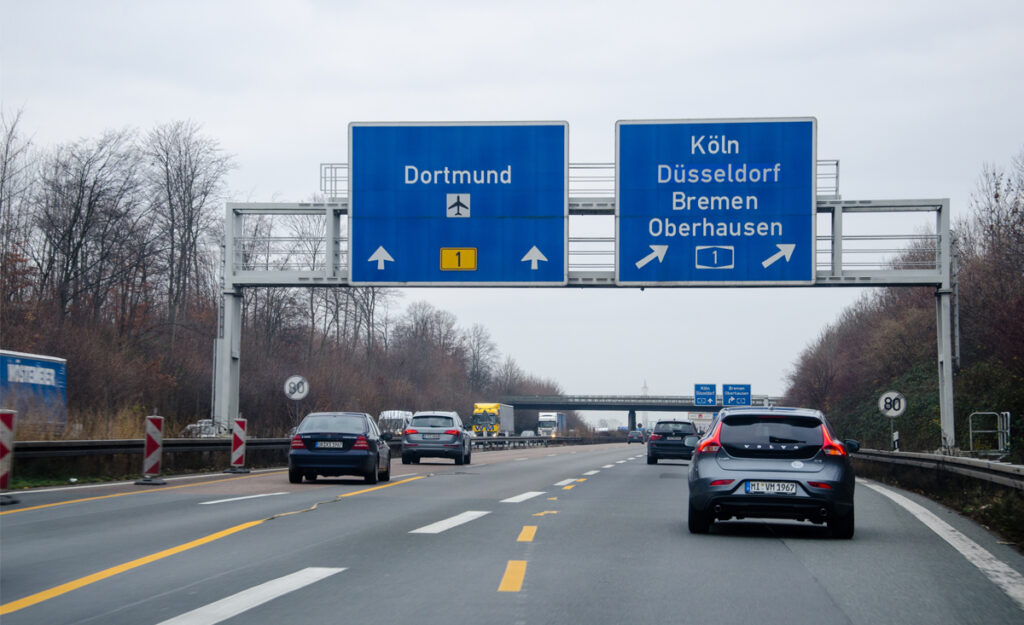
Germany and other developed markets, along with South Africa’s neighbouring countries, remained the top export destinations for locally made car components in 2024, as they have in the past three decades.
Germany was, again, the undisputed leader, purchasing R13.52 billion of car parts from South Africa during the year.
The Czech Republic was second with R5.35 billion, followed by the USA with R4.42 billion.
That said, Naamsa noted that adapting to global shifts towards electric mobility will be crucial for sustaining and enhancing growth in the coming years.
Many of the country’s top export destinations are planning to ban ICEs between 2030 and 2035, which will leave much of South Africa’s component markers without customers.
“For the domestic automotive industry to remain part of this global supply chain it is imperative for South Africa to accelerate the implementation of EV-friendly policies or risk losing its edge in the global automotive manufacturing sector,” said Naamsa.
The following table shows the countries to which South Africa shipped most of its car components in 2024:
| Country | Value of exports |
|---|---|
| Germany | R13.52 billion |
| Czech Republic | R5.35 billion |
| USA | R4.42 billion |
| Namibia | R4.25 billion |
| Botswana | R3.47 billion |
| Zambia | R3.40 billion |
| Democratic Republic of Congo | R2.48 billion |
| Mozambique | R2.23 billion |
| Thailand | R2.22 billion |
| Zimbabwe | R2.16 billion |
| UK | R1.57 billion |
| Belgium | R1.52 billion |
| Turkey | R1.17 billion |
| Netherlands | R1.05 billion |
| eSwatini | R1.04 billion |
| Brazil | R913 million |
| Argentina | R856 million |
| Lesotho | R746 million |
| Australia | R724 million |
| Spain | R718 million |
| Japan | R705 million |
| Angola | R575 million |
| United Arab Emirates | R501 million |


